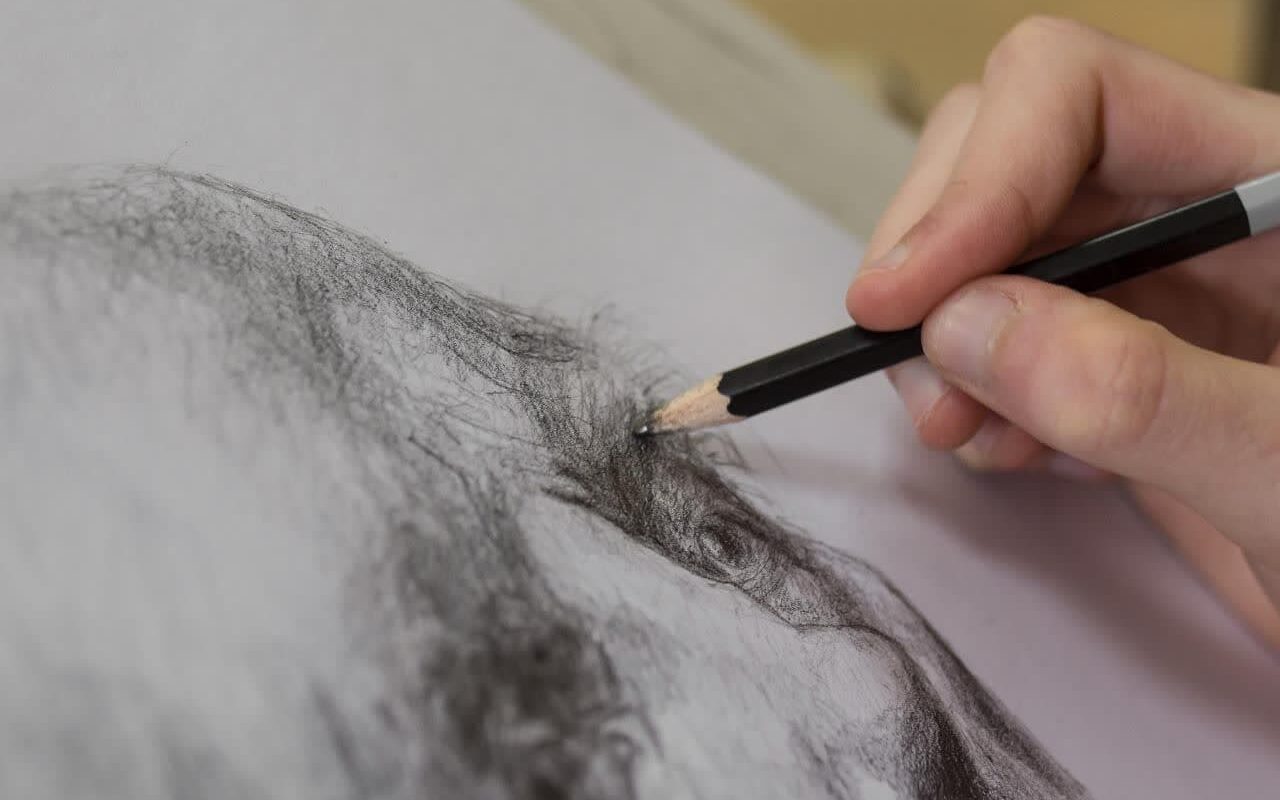Introduction
Pencil drawing is a timeless and versatile art form that has captivated artists and art enthusiasts for centuries. With just a simple tool – the pencil – artists can create stunning works of art that convey powerful emotions, intricate details, and captivating stories. In this article, we will explore the world of pencil drawing, delving into its history, techniques, and the ways it allows artists to express themselves.
The History of Pencil Drawing
Pencil drawing has a rich history dating back to the 16th century when graphite was first discovered in the Borrowdale region of England. Initially, graphite was used to mark sheep, but artists soon recognized its potential as a drawing medium. The use of graphite pencils for artistic purposes grew in popularity during the Renaissance, and it has since become a staple in the world of art.
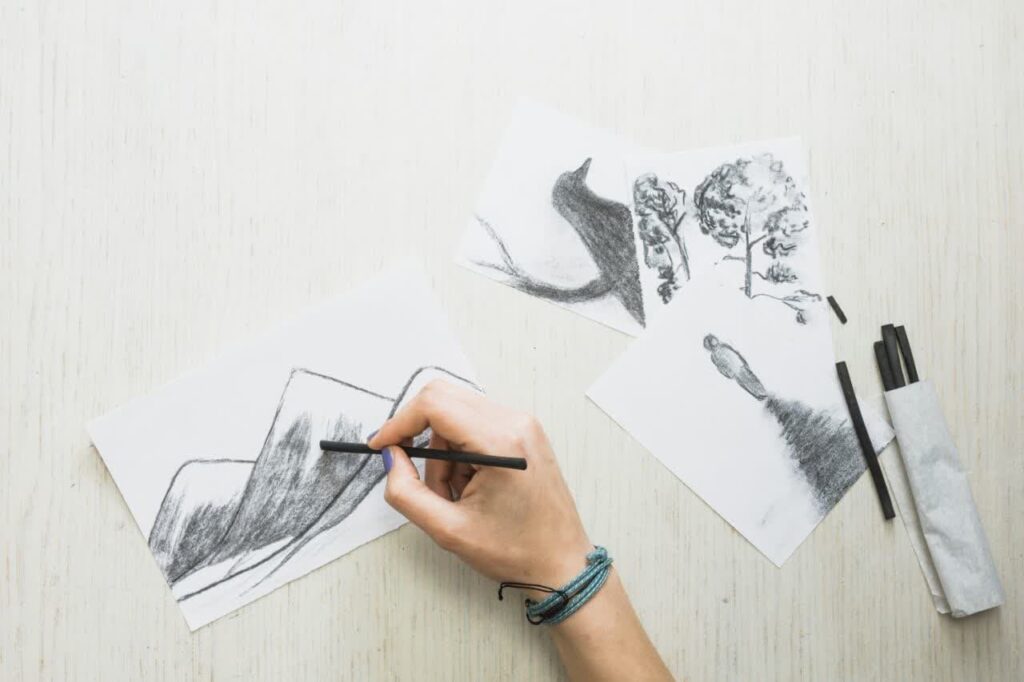
The Expressive Power of Pencil Drawings
Pencil drawing is a medium known for its expressive power. Here are some of the ways in which artists harness this power to convey their emotions and ideas:
1. Subtle Shading: Pencil drawings allow artists to create a wide range of values, from deep blacks to delicate grays, using various types of pencils (ranging from 9H to 9B). This versatility enables artists to depict the interplay of light and shadow, adding depth and emotion to their work.
2. Texture and Detail: Pencil drawings excel at capturing intricate details and textures. Artists can depict the finest lines, wrinkles, and the subtlest nuances in a subject, making it an ideal choice for hyper-realistic and highly detailed works.
3. Expressive Portraiture: Pencil drawings particularly well-suited for portraiture. Artists can convey a subject’s personality, emotions, and character through the careful rendering of facial features and expressions.
4. Emotional Depth: The monochromatic nature of pencil drawing can evoke deep and often melancholic emotions. The contrast between light and dark can be used to symbolize the duality of life, portraying both joy and sorrow.
Expression of Love
Pencil drawings, with its subtle ability to capture fine details and nuances, often becomes an intimate and heartfelt medium for expressing love. Artists use this remarkable tool to convey emotions that words alone may struggle to encompass. Through delicate strokes, artists can craft drawings that remark on the profound beauty of love.
In the world of pencil drawings, love can be portrayed through the tender rendering of subjects in a loving embrace, capturing the chemistry between individuals, or illustrating moments of affection. The artist’s choice of composition and the play of light and shadow can further emphasize the depth of feeling between the subjects. It’s in these details that the sentiment of love truly shines through, reminding us that love is not just an emotion but a visual narrative waiting to be told through the graphite strokes on paper.
Whether it’s a heartfelt gesture on paper for a loved one or a personal reflection on the intricacies of love, pencil drawing provides a means to immortalize the beauty of this powerful emotion. The act of creating a pencil drawing with love as the subject can be a deeply moving experience for the artist, as it allows them to channel their own emotions onto the canvas. In this way, pencil drawing serves as a timeless testament to the profound nature of love, capturing its essence in each stroke and remarking on its enduring significance.
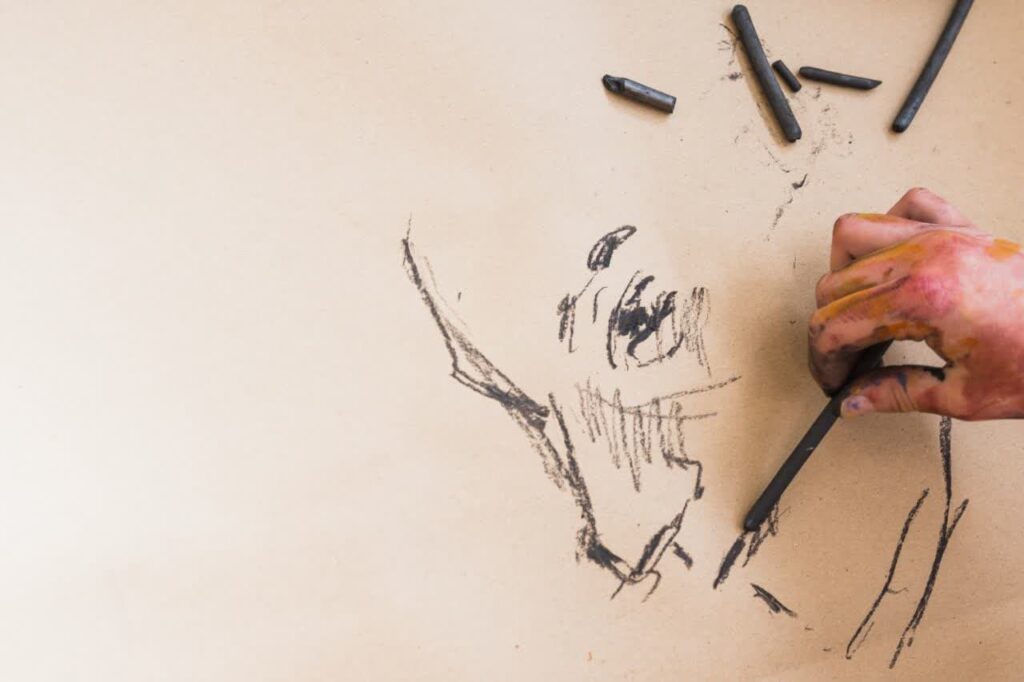
Technique in Pencil Drawings
Pencil drawing encompasses a variety of techniques that artists can use to bring their visions to life:
1. Hatching and Cross-Hatching: These techniques involve creating lines or strokes in a consistent direction to build up values and texture. Cross-hatching involves layering lines in a crisscross pattern to achieve varying levels of darkness.
2. Blending: Artists can use blending tools, like tortillons or blending stumps, to smoothen and soften pencil strokes, creating a seamless transition between light and shadow.
3. Erasures: Erasers can be used to highlight specific areas or create intricate details by selectively removing graphite.
4. Negative Drawing: This technique involves drawing the subject by emphasizing the negative space around it, creating unique and captivating compositions.
5. Stippling: Stippling involves creating images using small, individual dots. This technique can be time-consuming but results in highly detailed and visually striking artwork.
Analysis of Pencil Types Used in Pencil Drawing
Pencil drawings are a versatile art form that relies on a wide array of pencil types to achieve various effects, from delicate lines to bold shading. Let’s analyze the key types of pencils used in pencil drawing and their specific characteristics:
1. Graphite Pencils:
– H Pencils: These hard pencils, like 9H or 8H, have a high graphite-to-clay ratio. They produce light, fine lines and are perfect for precise detailing and initial outlines.
– B Pencils: B pencils, such as 6B or 4B, are softer with more clay, resulting in darker, smoother lines. They are ideal for shading, creating mid-tones, and adding depth to drawings.
– F Pencils: Falling between H and B, F pencils offer versatility for general drawing. They maintain a balance between fine lines and shading capabilities.
2. Charcoal Pencils:
– Charcoal pencils provide deep, rich blacks and are favored for expressive and dramatic drawing. They come in different softness levels (HB, B, 2B, etc.) to achieve a range of line widths and tones.
3. Colored Pencils:
– Professional-grade colored pencils offer highly pigmented leads and a wide range of colors. They are perfect for creating vibrant, detailed, and colorful drawings, often used in illustrations and fine art.
4. Watercolor Pencils:
– Watercolor pencils can be used dry like regular colored pencils, but when water is applied, they transform into watercolor paint. They allow for adding texture, gradients, and a painterly quality to drawings.
5. Mechanical Pencils:
– While less common in traditional drawing, mechanical pencils with fine lead sizes (e.g., 0.3mm, 0.5mm) are indispensable for technical and architectural drawings that require precision.
6. Conté Pencils:
– Conté pencils are a unique blend of graphite, clay, and colored pigments. They offer a slightly grainy texture and are commonly used for figure drawing, sketching, and expressive line work.
7. Pastel Pencils:
– Pastel pencils combine the softness of pastels with the precision of pencils. They are excellent for portraiture, as they allow for fine details and delicate color work.
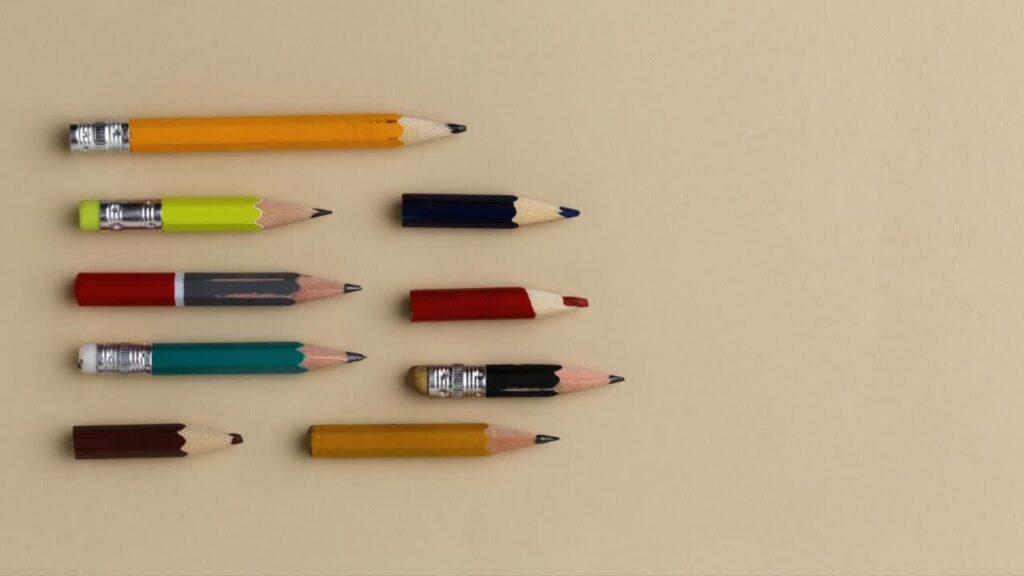
8. Carbon Pencils:
– Carbon pencils use carbon instead of graphite, producing deep, bold lines. They are often the choice for technical and architectural drawings that require a strong, clear mark.
9. Soluble Graphite Pencils:
– These pencils, similar to regular graphite pencils, can be blended with water to create a watercolor-like effect. They are valuable for adding a painterly touch to drawings and emphasizing shadows.
10. Woodless Pencils:
– Woodless pencils, made entirely of a solid core of graphite, offer more graphite for your money. They are suitable for bold shading, expressive strokes, and covering large areas quickly.
Each type of pencil offers distinct advantages for different drawing styles and techniques. The choice of pencil ultimately depends on the artist’s preferences and the specific needs of the artwork. Quality and brand selection are also crucial, as artist-grade pencils often provide superior pigments, lightfastness, and durability. By understanding the characteristics of these pencil types, artists can confidently select the tools that best suit their creative vision and project requirements.
A Complete Guide for Beginners
Pencil drawing is a rewarding and accessible art form that anyone can start learning. Whether you’re a budding artist or a complete novice, this comprehensive guide will help you embark on your journey into the world of pencil drawing. From essential materials to fundamental techniques, we’ll cover the basics to get you started.
Materials and Tools
Before you begin your pencil drawing journey, it’s essential to gather the right materials and tools. Here’s what you’ll need:
1. Pencils: Invest in a range of pencils with different grades (from 9H, the hardest, to 9B, the softest) to achieve a variety of tones and lines.
2. Paper: Choose acid-free, heavyweight paper specifically designed for drawing. Common choices include drawing paper or sketchbooks.
3. Erasers: Get both kneaded erasers for subtle corrections and a standard eraser for larger areas.
4. Blending Tools: Tortillons, blending stumps, or even your fingers can be used to blend and smoothen pencil strokes.
5. Pencil Sharpener: A good quality sharpener is essential to maintain your pencil points.
Getting Started
1. Holding the Pencil: Begin by learning how to hold a pencil properly. The grip should be comfortable and allow for controlled movements.
2. Basic Strokes: Practice creating various strokes like hatching (parallel lines), cross-hatching (intersecting lines), and stippling (dots) to get a feel for your pencils.
3. Shading: Explore shading techniques to understand how to create different values. Practice going from dark to light and vice versa.
Fundamental Techniques
1. Observation: Learning to see is crucial in drawing. Train your eye to see shapes, proportions, and details accurately.
2. Contour Drawing: Start with contour drawing to capture the outlines and shapes of objects without shading. This helps improve your observation skills.
3. Proportions: Study the proportions of your subjects. Pay attention to the relationships between different parts of an object or figure.
4. Light and Shadow: Understand how light falls on objects and creates highlights, mid-tones, and shadows. This is crucial for realistic drawing.
5. Perspective: Learn the basics of linear and aerial perspective to create depth and dimension in your drawings.
6. Composition: Experiment with the arrangement of elements in your drawings to create visually appealing compositions.
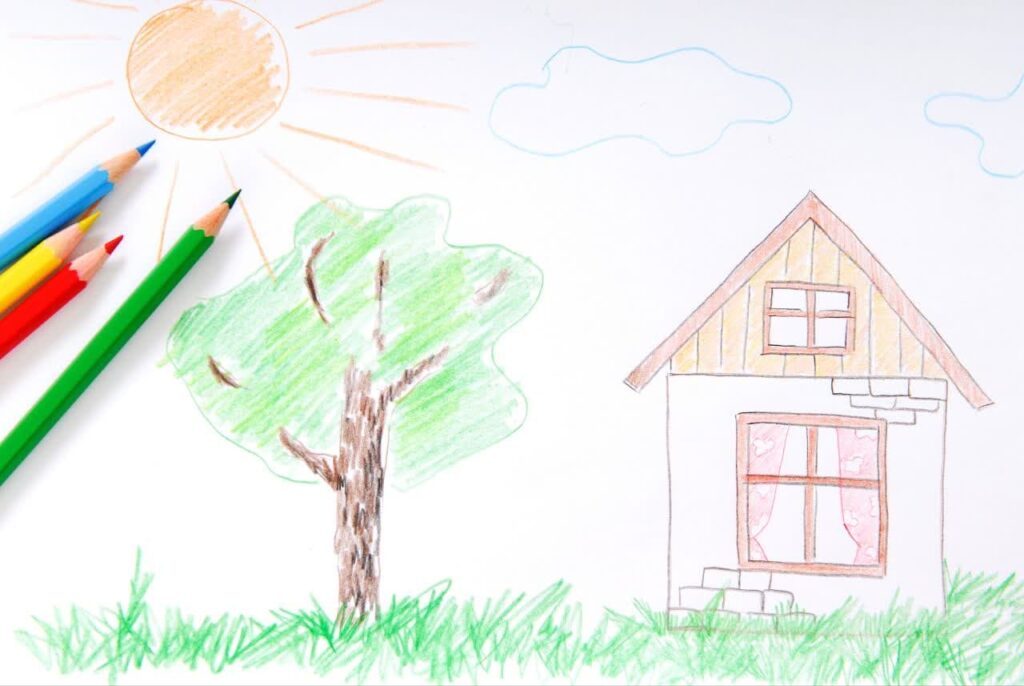
Projects for Practice
1. Still Life: Start with simple objects arranged on a table. Focus on capturing their shapes and shadows.
2. Portraits: Begin with basic facial features and gradually progress to complete portraits.
3. Landscape: Experiment with outdoor scenes, capturing the elements of nature and perspective.
4. Abstract Art: Let your creativity flow by creating abstract pencil drawings that express emotions and ideas.
Tips for Beginners
1. Be Patient: Pencil drawing is a skill that takes time to develop. Don’t get discouraged by early mistakes.
2. Study and Observe: Constantly observe the world around you and study the works of experienced artists.
3. Practice Regularly: Dedicate time to practice, even if it’s just a few minutes each day.
4. Seek Feedback: Share your work with others and ask for constructive feedback to improve.
Conclusion
Pencil drawing is a remarkably expressive art form that continues to captivate and inspire artists and audiences alike. With its rich history, versatility, and range of techniques, pencil drawing offers a unique platform for artists to convey their emotions, tell stories, and capture the beauty of the world around them. Whether used for portraits, landscapes, or abstract compositions, pencil drawing remains a testament to the enduring power of simplicity and creativity in the world of art.
Pencil drawing is a wonderful way to express your creativity and observations. By mastering the basics of materials and techniques, as well as practicing regularly, you’ll develop your skills and discover the joy of creating art with pencils. Remember that everyone’s artistic journey is unique, and there are no fixed rules. Embrace your individuality and enjoy the process of learning and creating through pencil drawing.

